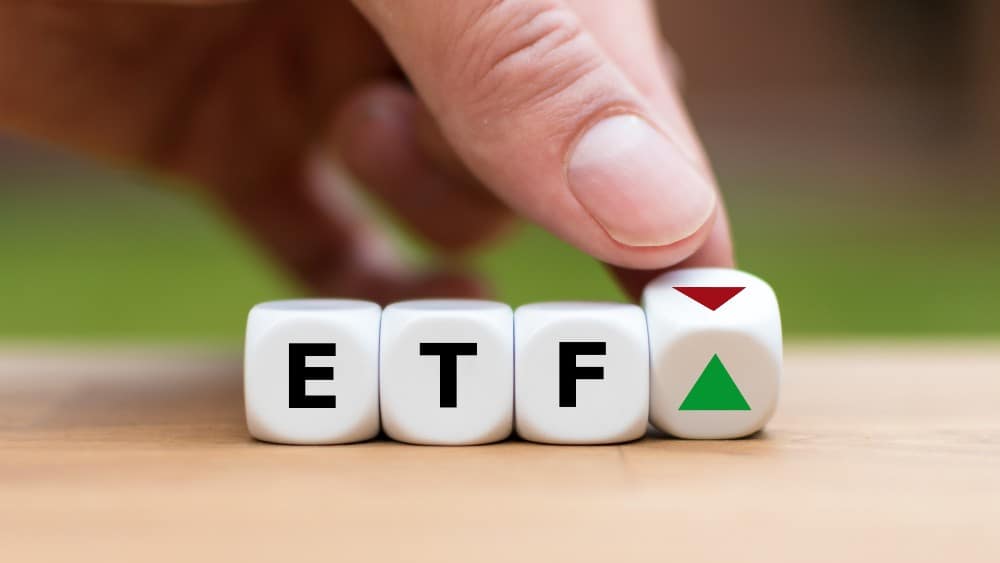The following exchange-traded funds (ETFs) provide big dividend yields — boosted by covered-call strategies. Investors should at least have a high-level understanding of what the investments entail. Additionally, they should understand that these ETFs are still driven by the price movements of underlying stocks. These equity investments can be volatile and should be treated as medium- to high-risk investments.
A covered-call utilities ETF yielding 7.5%
As the BMO Global Asset Management website explains, BMO Covered Call Utilities ETF (TSX:ZWU) is “designed to provide exposure to an equal weight portfolio of utilities, telecoms, and pipeline companies, while earning call option premiums.” Because of the covered-call strategy, the ETF is able to pay a higher income compared to holding individual utility stocks.
Low-beta ZWU ETF yields about 7.5% at writing. In the last year, it paid monthly cash distributions of $0.08 per unit. Notably, the ETF stock price still moves with the volatility of the underlying stocks. So, rising interest rates could be a short-term negative factor for this ETF. The dividend ETF’s management expense ratio (MER) of 0.71% is reasonable given the extra work put into designing and executing covered calls.
The dividend ETF’s top holdings include BMO Equal Weight Utilities ETF, Enbridge, Rogers Communications, TC Energy, TELUS, Duke Energy, and Exelon, which make up about 38% of the fund.
Here are Larry Berman’s comments on ZWU from last month on BNN:
“Trimmed it around $13. Love it for the yield principle and stability over time. It is sensitive to interest rates and energy. These two are in play right now. Would trade around with it. If it dips, would add to it. At $13, it is richly valued. Need to know if you want to own it for distributions or to trade.”
A healthcare ETF with an 8.4% yield
The Harvest Portfolios website introduces Harvest Healthcare Leaders Income ETF (TSX:HHL) as “an equally weighted portfolio of 20 large-cap global Healthcare companies, selected for their potential to provide attractive monthly income and long-term growth.” The ETF also uses a covered-call strategy to enhance its cash distribution.
At writing, low-beta HHL ETF yields 8.4%. In the last year, it paid monthly cash distributions of $0.058 per unit. The ETF stock price moves with the volatility of the underlying stocks. So, the ETF will inevitability fall in a healthcare sector- or market-wide correction. The dividend ETF’s MER is 0.99%.
Harvest Healthcare Leaders Income ETF’s top holdings include Abbott Laboratories, Bristol-Myers Squibb, Eli Lilly, Johnson & Johnson, Merck, Novartis, and United Health Group, which make up about 35.1% of the fund.
Holding the ETF units in an RRSP or RRIF may result in an exemption of foreign withholding taxes on the foreign dividends.
Larry Berman’s thoughts on HHL in November 2021 on BNN are as follows:
“Late in the cycle, healthcare tends to outperform and is less sensitive to volatility. If the broad markets pull back, he would wait for the uncertainty to be priced in more.”
This energy ETF yields 8.3%
CI Energy Giants Covered Call ETF (TSX:NXF) holds at least 15 of the largest energy companies on a North American exchange with an equal-weight target. It also uses covered calls to enhance its yield. Investors should only buy the ETF if they’re bullish on oil.
At writing, NXF ETF yields 8.3%. In the last year, it paid volatile quarterly cash distributions. Underlying energy stocks could slash their dividends when the operating environment is challenging. The dividend ETF’s MER is 0.65%.
The NXF ETF’s top holdings are Occidental Petroleum, ConocoPhillips, Devon Energy, Canadian Natural Resources, Exxon Mobil, Pioneer Natural Resources, and EOG Resources. They make up about 47% of the fund.








